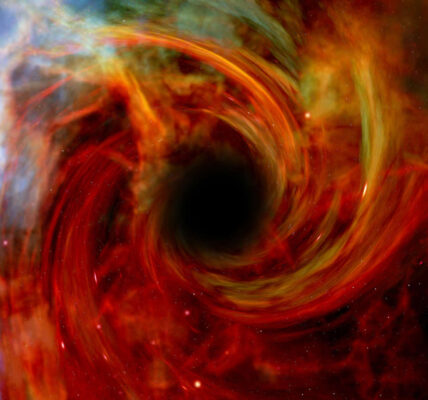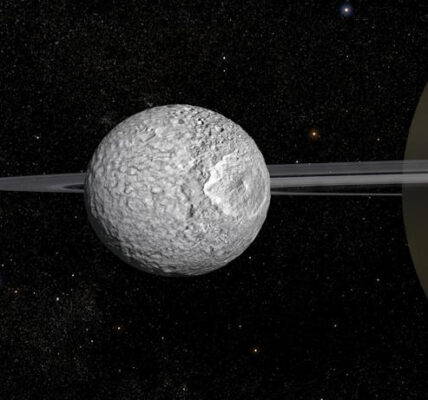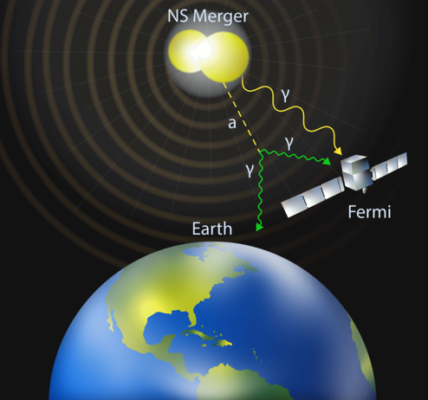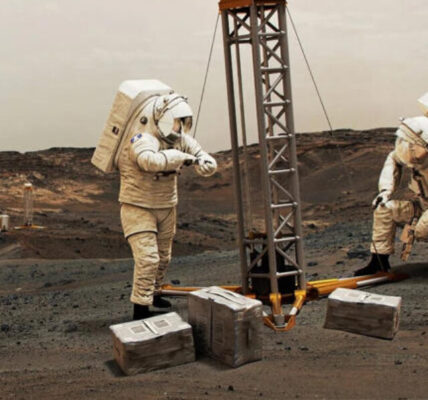James Webb Rogue Planets Discovery: 6 Astonishing Revelations
Table of Contents
ToggleJames Webb Rogue Planets Discovery: New Insights into Planet and Star Formation
James Webb Rogue Planets Discovery reveals six free-floating worlds, challenging our understanding of planet and star formation. Learn how this breakthrough reshapes space exploration.
The James Webb Rogue Planets Discovery has captivated astronomers and space enthusiasts alike. The James Webb Space Telescope (JWST) has identified six “rogue” planets—free-floating worlds that are not bound to any star. This discovery, located 1,000 light-years from Earth, is causing scientists to rethink how stars and planets form. Unlike other rogue planets that may have been ejected from their solar systems, these worlds appear to have formed independently, without ever belonging to a star system.
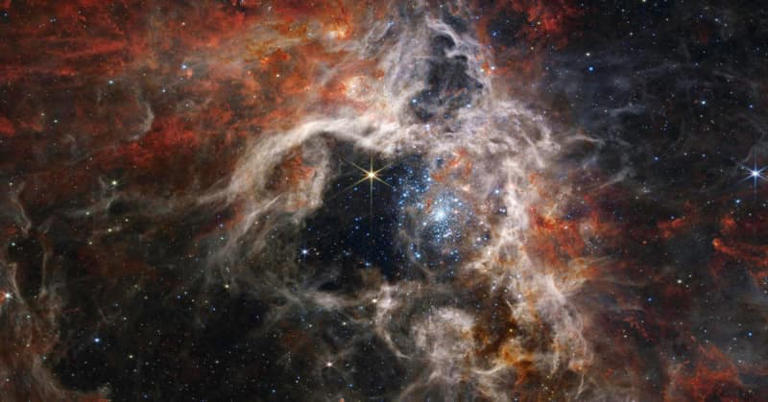
Unveiling the James Webb Rogue Planets Discovery
The James Webb Rogue Planets Discovery was made possible by the JWST’s advanced Near Infrared Imager and Slitless Spectrograph (NIRISS). This powerful instrument allowed the research team, led by Adam Langeveld from Johns Hopkins University, to explore NGC 1333, a young nebula in the Perseus constellation. By peering through thick clouds of gas and dust, the telescope revealed a detailed view of the nebula, teeming with young stars and mysterious objects.
Among these objects were six rogue planets—gas giants that are five to ten times the size of Jupiter. What makes these rogue planets especially intriguing is their origin story. According to the James Webb Rogue Planets Discovery, these objects did not form like typical planets, which usually develop within a star’s orbit before potentially being thrown out. Instead, they began forming as stars but failed to ignite, creating a new category of celestial objects.
Challenging Traditional Theories of Planet Formation
The James Webb Rogue Planets Discovery is causing scientists to question long-held beliefs about how stars and planets are born. Traditionally, planets form within the protoplanetary disks of young stars, where gas and dust come together over millions of years. Some of these planets might be ejected due to gravitational interactions, becoming rogue planets. However, the James Webb Rogue Planets Discovery suggests that these newly found objects formed through a process similar to star formation but never reached the critical mass needed to ignite as stars.
Langeveld and his team, whose findings were published in The Astronomical Journal, have provided evidence for this alternative formation process. By studying the light spectrum from each object in NGC 1333, the researchers identified six rogue worlds that challenge current models. These gas giants, with masses between five and ten times that of Jupiter, did not emerge from a planetary disk but rather from a contracting cloud of gas and dust—just like stars and brown dwarfs.
The Most Puzzling of the Six Rogue Planets
Among the six rogue planets identified in the James Webb Rogue Planets Discovery, one stands out as the most puzzling. This object, with a mass only five times that of Jupiter, also has a “dusty disk” surrounding it. Dusty disks, also known as circumstellar disks, are typically found around newly formed stars, where they play a crucial role in the birth of planets. The presence of such a disk around this rogue planet suggests that it formed more like a star than a planet.
This discovery raises an important question: How could an object with such a low mass form directly from a contracting gas cloud? The James Webb Rogue Planets Discovery challenges existing theories and opens the door to new possibilities. If this object formed like a star, could it also host its own mini planetary system? Scientists believe it could resemble Jupiter or Saturn, complete with moons and rings, rather than a full-fledged solar system.
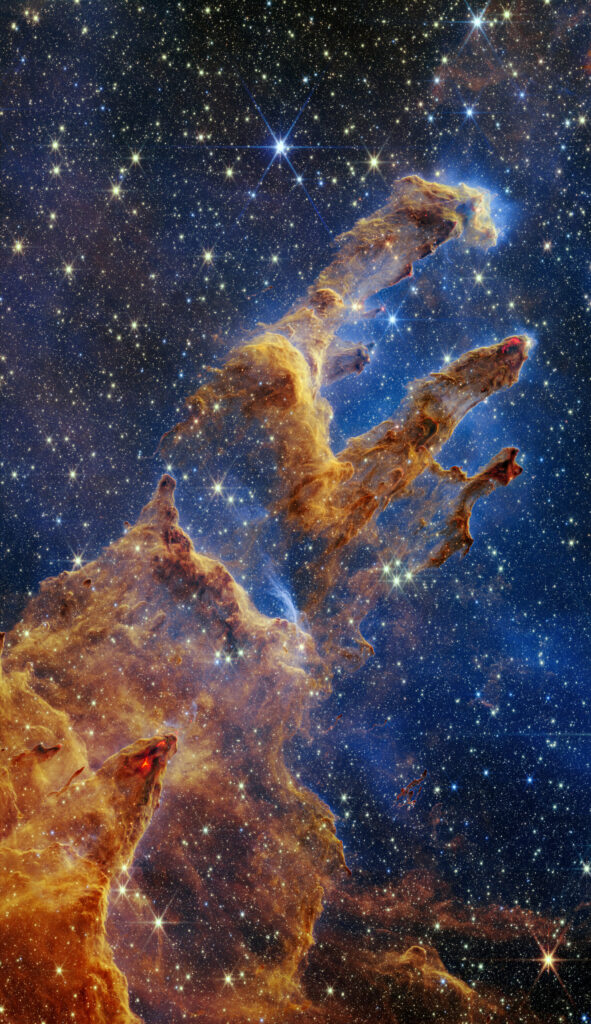
Implications of the James Webb Rogue Planets Discovery
The James Webb Rogue Planets Discovery has significant implications for our understanding of star and planet formation. One of the key findings is that nature produces planetary-mass objects through at least two different processes. The first is the contraction of a gas and dust cloud, the method by which stars form. The second is the formation of planets within a disk of gas and dust around a young star, as occurred with Jupiter in our solar system.
This dual pathway complicates the classification of celestial objects, as the mass of rogue planets overlaps with that of gas giants and brown dwarfs. Yet, their formation process is distinct, setting them apart. As Langeveld pointed out, the James Webb Rogue Planets Discovery provides crucial context for understanding both star and planet formation.
What’s Next for the James Webb Rogue Planets Discovery?
The research team behind the James Webb Rogue Planets Discovery plans to continue their exploration of these rogue worlds. They aim to compare these objects to heavier brown dwarfs and gas giant planets to gain a more comprehensive picture of how stars and planets form. By studying these unusual rogue planets, scientists hope to uncover more about the processes that led to the formation of our own solar system.
Ray Jayawardhana, the study’s senior author and an astrophysicist at Johns Hopkins University, emphasized the importance of these findings. The James Webb Rogue Planets Discovery offers a new perspective on how our planetary system fits into the broader cosmos. By understanding the full spectrum of star and planet birth, we can better appreciate the uniqueness and diversity of the universe.
Conclusion: The Significance of the James Webb Rogue Planets Discovery
The James Webb Rogue Planets Discovery is more than just a scientific breakthrough—it’s a profound shift in our understanding of the cosmos. By revealing that planetary-mass objects can form independently of stars, the James Webb Space Telescope has opened up new avenues for research and exploration. As scientists continue to investigate these rogue worlds, we can expect even more surprising discoveries that will reshape our knowledge of the universe.
In summary, the James Webb Rogue Planets Discovery has not only identified new worlds but also challenged the way we think about the formation of stars and planets. This discovery is a reminder that the universe is full of mysteries waiting to be uncovered, and the James Webb Space Telescope is at the forefront of this exciting journey into the unknown.
Related:
Vast Underground Water Reservoirs on Mars: 5 Incredible Discoveries!
